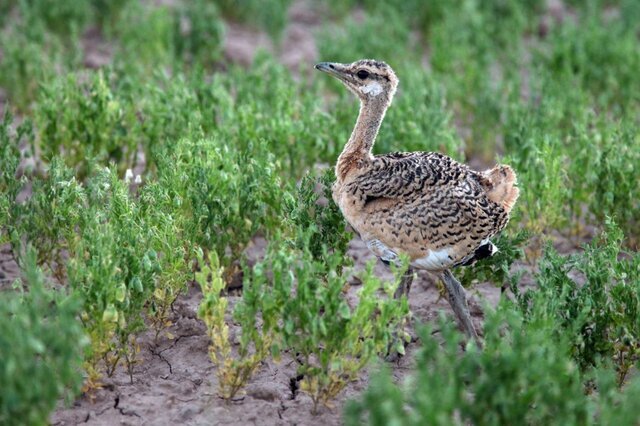Rich fauna of Iran endangered

TEHRAN – Iran is a rich country in native and valuable species, however, about 128 species of animals and vertebrates are at risk of extinction.
December 7 is celebrated in Iran annually as the “National Day of Native Species”.
According to the latest investigations of the Department of Environment, 1,140 animal species, including mammals, birds, reptiles, amphibians, and inland water fishes, have been identified in the land and water ecosystems of Iran, and about 650 fish species have been identified in marine waters.
The danger of extinction has reached Iran’s mammals, reptiles, amphibians, fishes, and birds, and some species such as the Persian cheetah are known to be in danger of extinction both nationally and internationally.
In the category of mammals, Persian cheetah, black bear, and fallow deer, in the category of reptiles, there are species such as spider-tailed horned viper, 20 species of amphibians including toads, frogs, and salamanders, five species of sturgeons of the Caspian Sea in the category of fish and birds such as the Siberian crane, the white-headed duck, saker falcon, great bustard, the golden eagle, and the marbled duck are in danger of extinction.
After the great bustard, the Asiatic cheetah is the second most endangered species in Iran. Including the cheetahs that may not have been identified, the population of this species in Iran is estimated to be below 30 individuals.
Native species are very important because they have adapted themselves to different weather conditions, climate changes, etc. for millions of years. Native species live in the country as dominant genes, which is why the protection of species in their natural habitats is the first priority for the DOE, in addition to the captive breeding plan.
FB/MG
